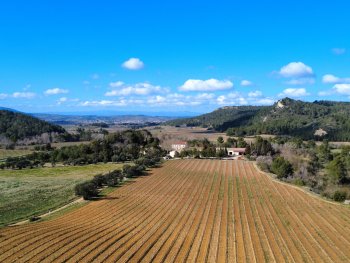Traditional method and Charmat do not produce different sparkling wines

esearchers from the University of Rio Grande in Brazil claim that secondary fermentation produces the same wines, irrespective of whether they are produced using the traditional method, in bottles, or in closed tanks, using the Charmat technique.
To reach this conclusion and debunk the idea that “sparkling wines produced using the traditional method are better”, they collected a white base wine made from Chardonnay, Riesling and Pinot noir from the Chandon winery in Garibaldi, Brazil. They then cold stabilised it, filtered it and added 22 g/litre of sucrose and a yeast inoculum before transferring it either to 75cl bottles or to a vertical 500-hectolitre tank kept under pressure and equipped with a rotary shaker.
Fermentation ended eleven weeks later. The wines were then left on the lees for 22 months.
When they conducted physico-chemical tests, the researchers did not identify any major differences between the two methods, aside from a little more diethyl succinate, an ester with aromas of fresh apple, in the traditional method wine. They also noticed that these minor differences gradually disappeared with time.
Three months after the final bottling, they asked a panel of trained tasters to distinguish the two methods through 369 triangular tests. Over half of them got it wrong.
12 judges then rated blind the colour intensity of the wines, their various aromas like tropical fruits, floral or herbal aromatics, their acidity, their sourness and their persistence.
“We were not able to show statistical differences in the sparkling wines”, said the researchers, claiming that both types of sparkling wines can have the same level of quality and ability to age.






